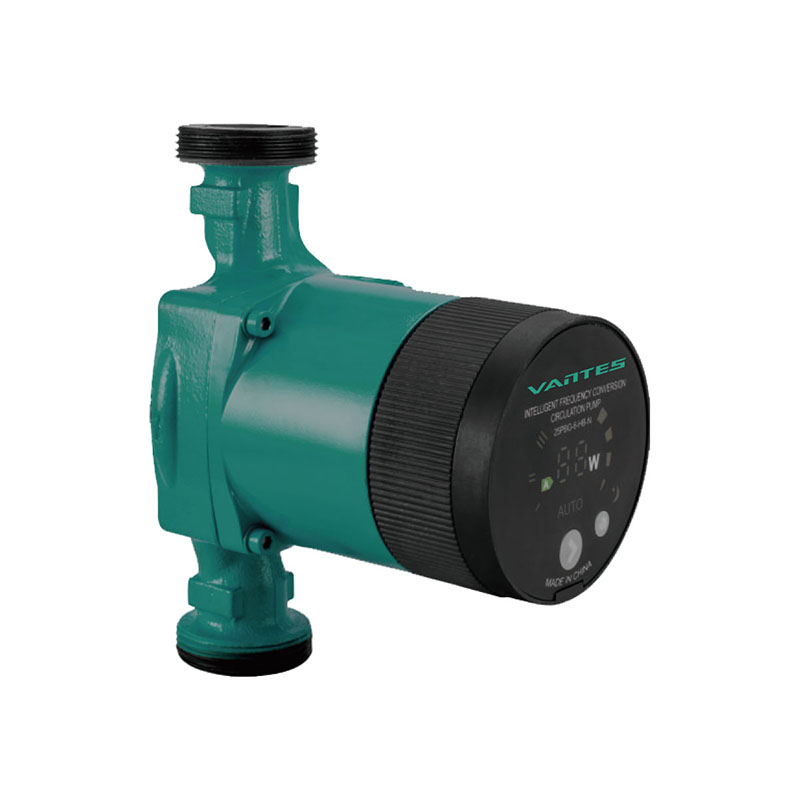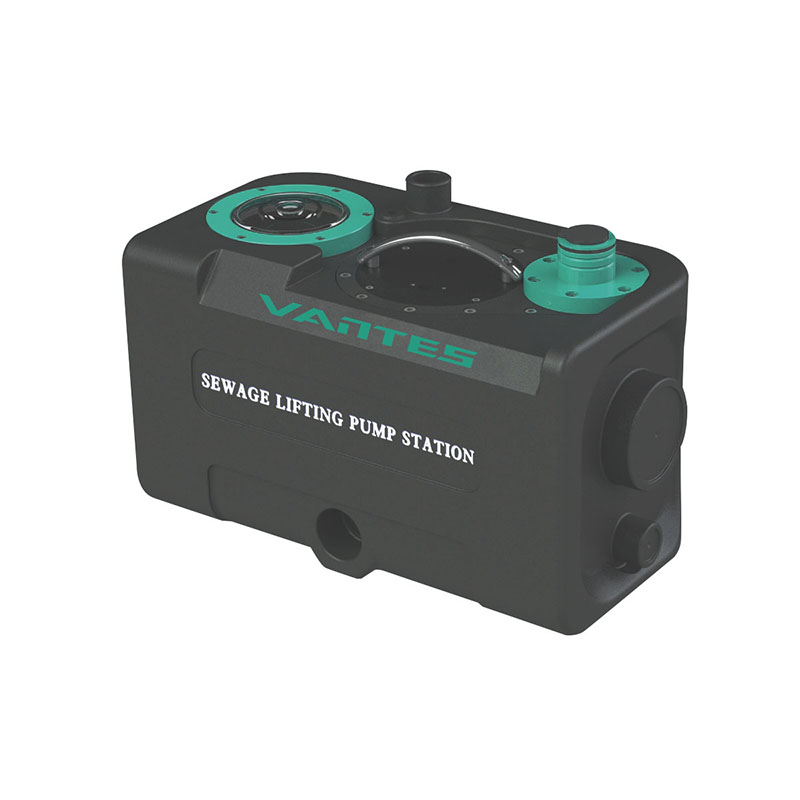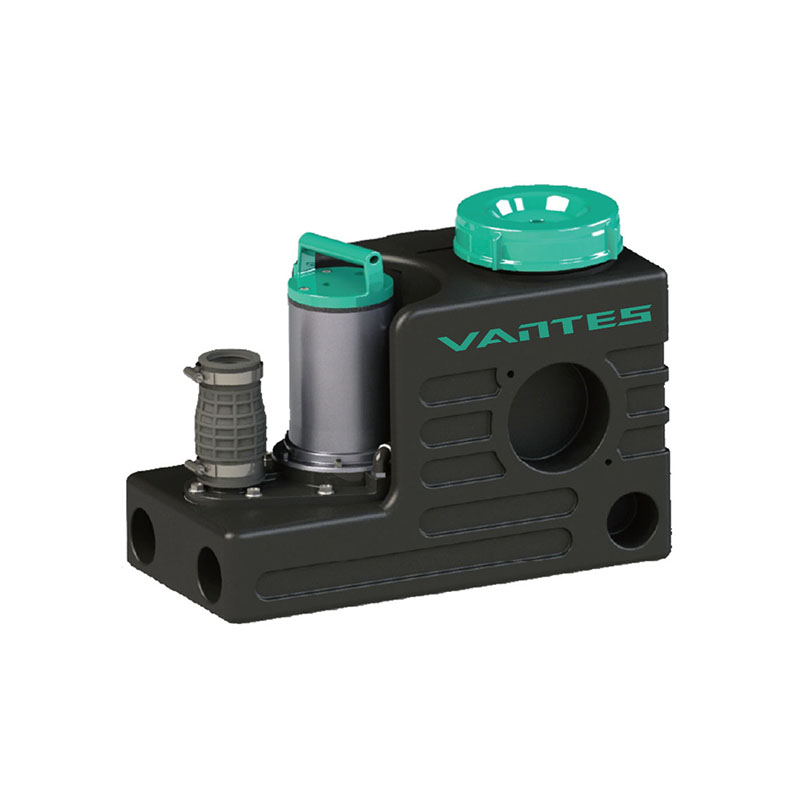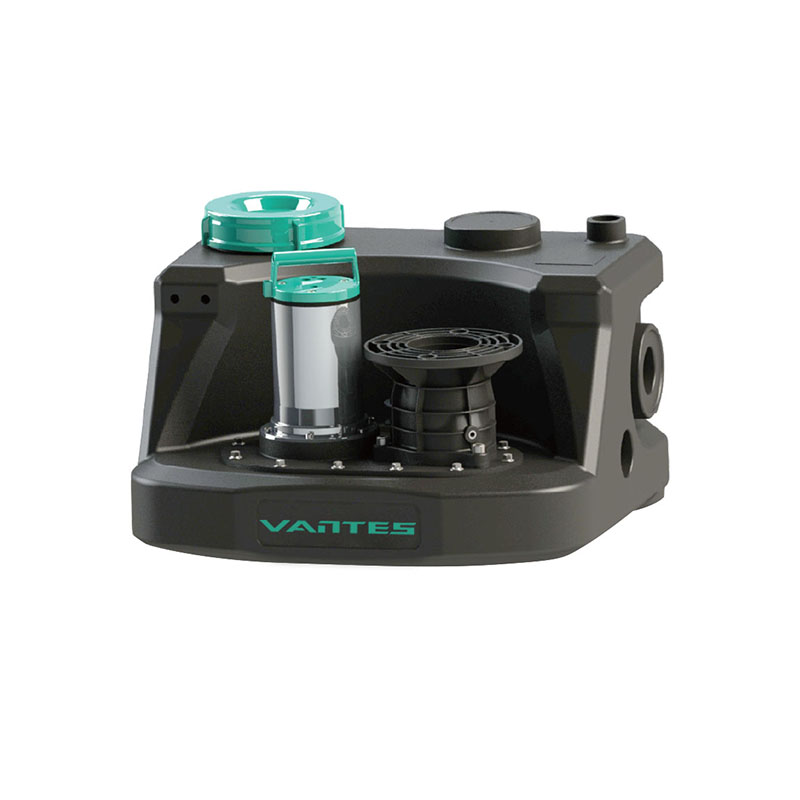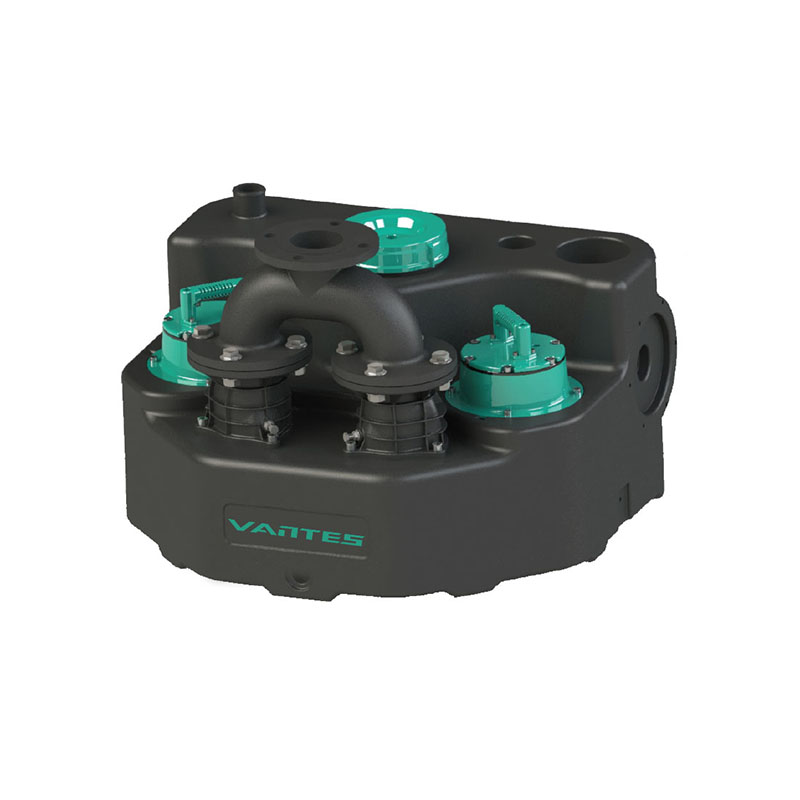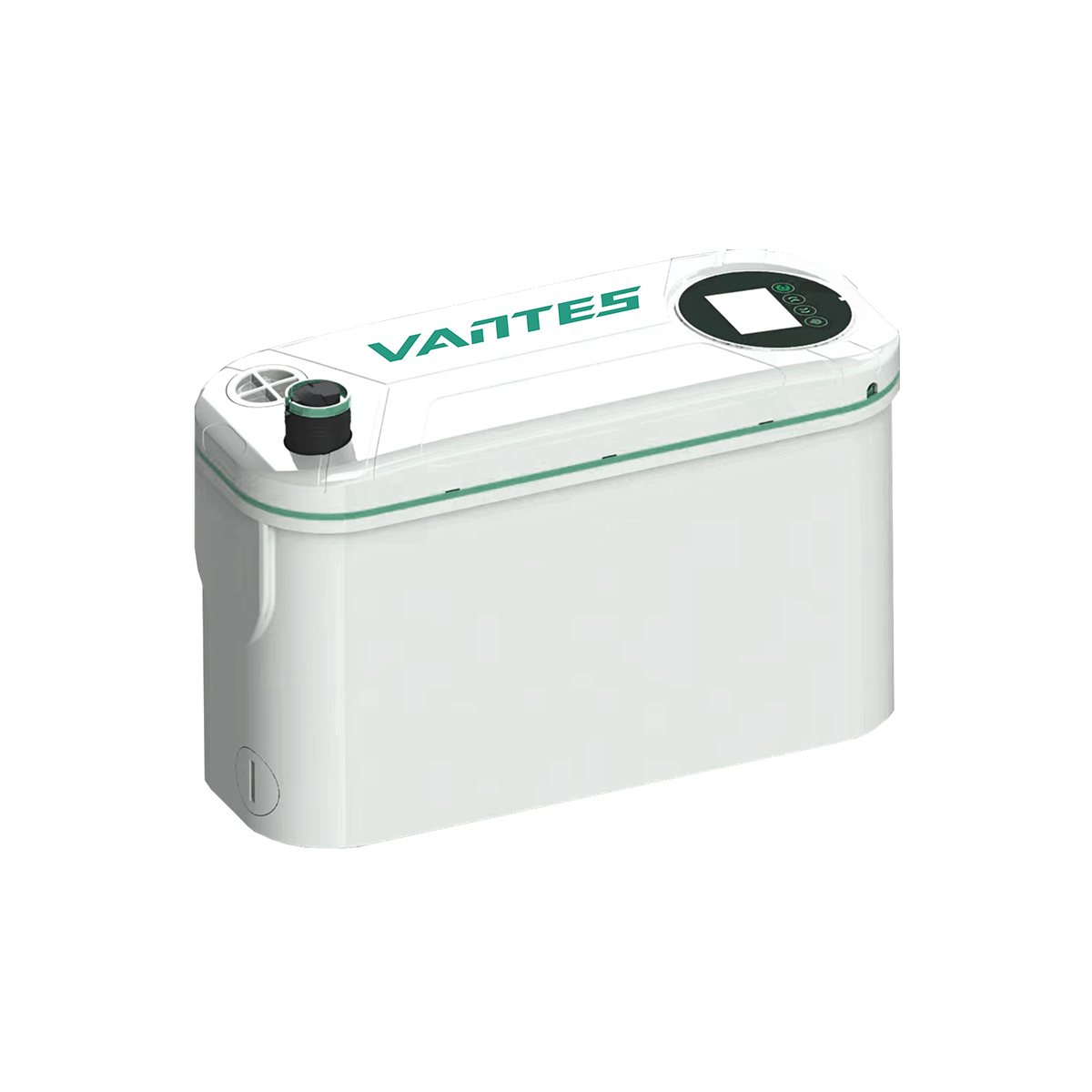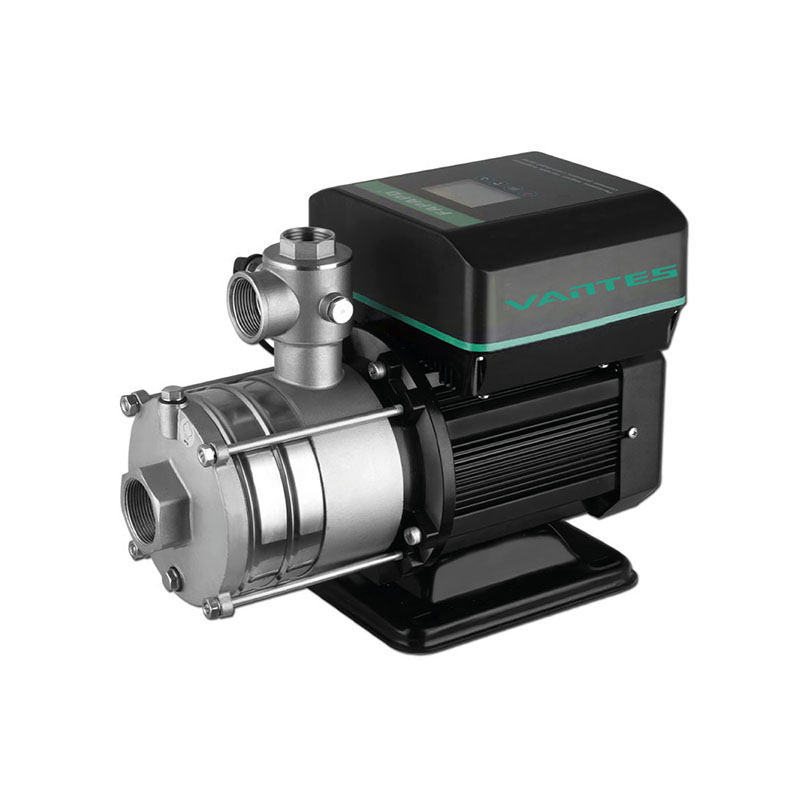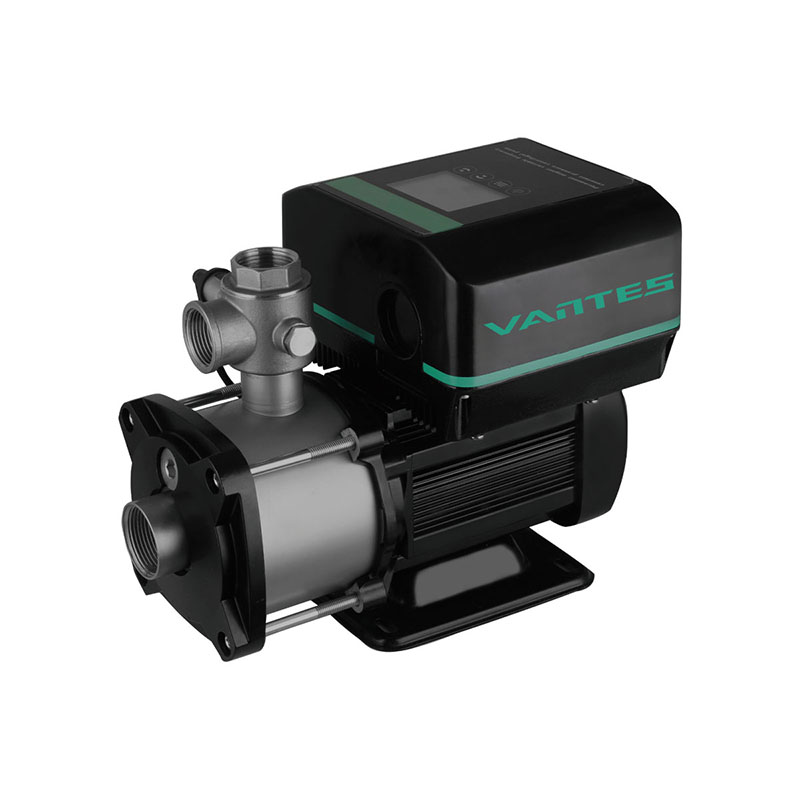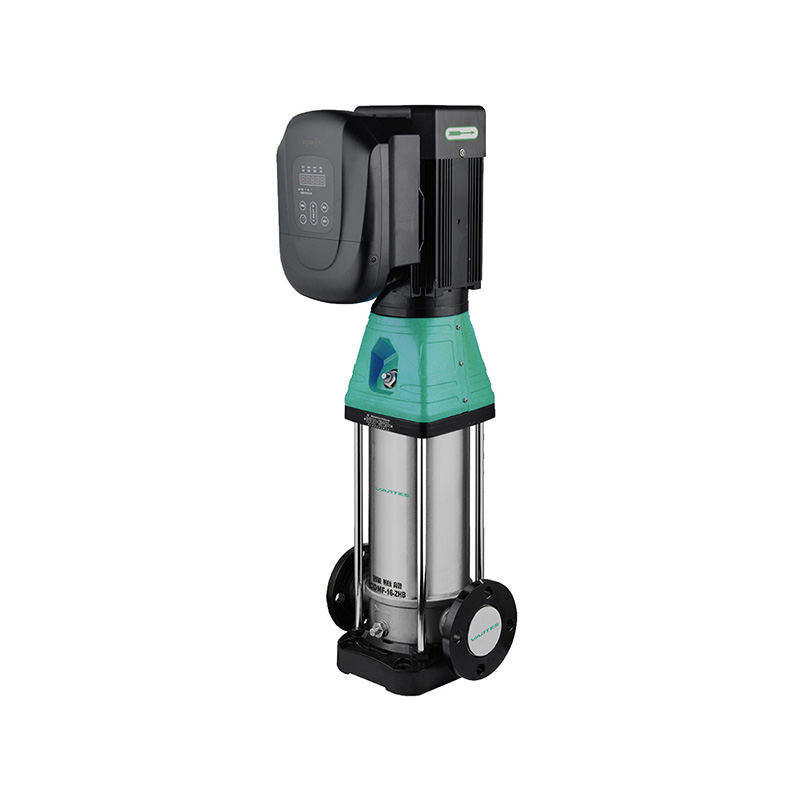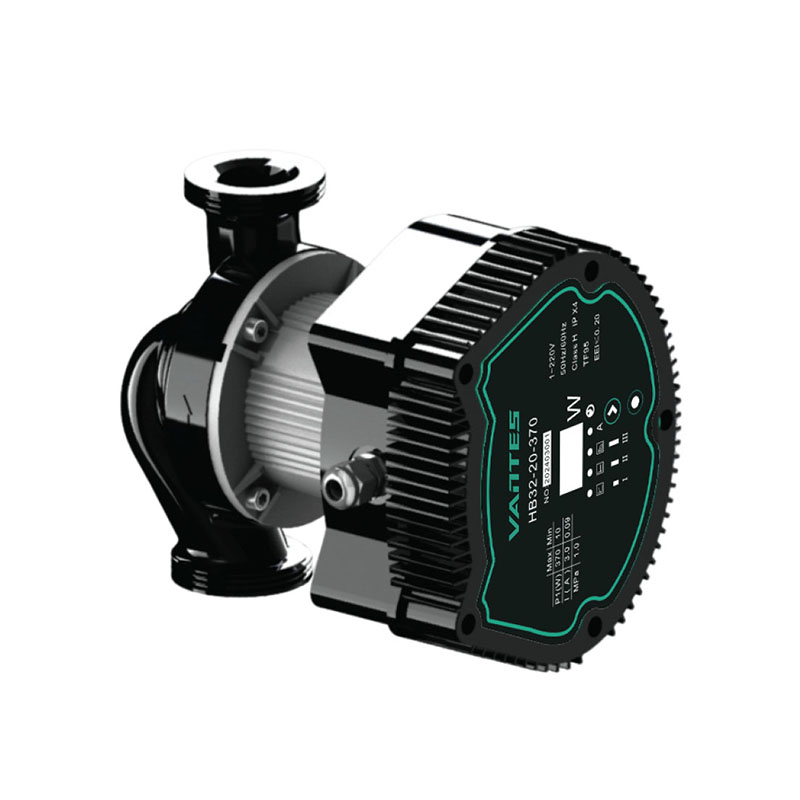Multi-stage centrifugal pumps, including centrifugal booster water pump systems, are widely used in applications that require high pressure, such as water treatment systems, industrial processes, and HVAC systems. These pumps are crucial for delivering the necessary flow and pressure to meet specific operational needs. However, like any mechanical system, a multi-stage centrifugal pump may encounter issues during its operation. Understanding common problems and how to troubleshoot them is essential for maintaining the pump’s efficiency and longevity.
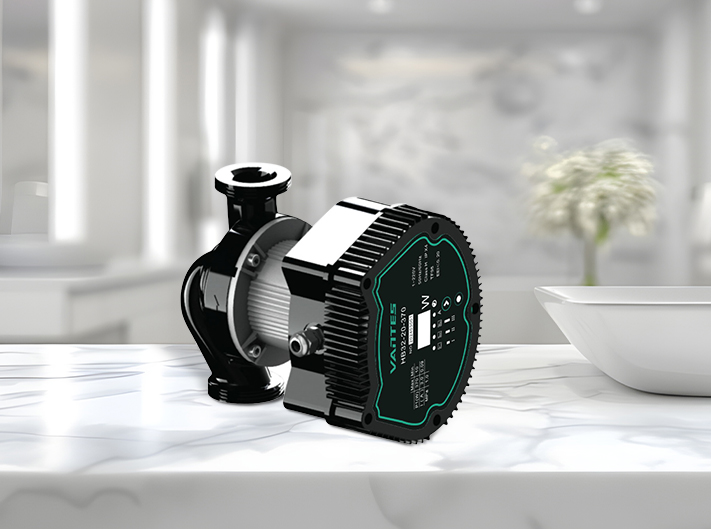
Common Issues in Multi-Stage Centrifugal Pumps
One of the most common issues with multi-stage centrifugal pumps is inadequate pressure output. This can be caused by several factors, including wear and tear of pump components, air or gas trapped in the pump, or improper system design. It's important to identify the root cause of the problem to apply the appropriate solution and ensure the pump operates effectively.
Another frequent problem is cavitation, which occurs when vapor bubbles form inside the pump and implode, causing damage to the impeller and other internal components. Cavitation typically arises due to low inlet pressure, high suction velocity, or the use of a pump in conditions outside its recommended operating range. Cavitation can lead to significant damage and reduced efficiency, making it a critical issue to address immediately.
Diagnosing Low Flow and Pressure Problems
If a multi-stage centrifugal pump is not delivering the expected flow or pressure, the first step in troubleshooting is to check the system's power supply and ensure that the pump is operating within its rated capacity. Low power input or faulty electrical connections can result in underperformance, so these should be inspected.
Next, check for any blockages in the suction line or discharge piping. Obstructions in the pipeline can reduce the flow and cause an imbalance in the pump's operation. Additionally, verify that the pump's impeller and other components are in good condition. Over time, impellers can become worn, reducing the pump's ability to generate the necessary pressure.
Another consideration is the pump's speed. If the pump is running at a lower speed than specified, it will not generate the required flow and pressure. This could be caused by issues with the motor, drive system, or control equipment.
Identifying and Resolving Cavitation
Cavitation is a major concern for multi-stage centrifugal pumps, as it can lead to permanent damage. To identify cavitation, listen for a distinct “gravel” or “marbles” noise coming from the pump. This noise is caused by the implosion of vapor bubbles inside the pump.
To resolve cavitation issues, check the system's inlet pressure. If it is too low, consider increasing the suction pressure or using a larger diameter suction pipe to reduce the velocity. Additionally, ensuring that the pump operates within the manufacturer's recommended flow rate can help prevent cavitation from occurring. Reducing the temperature of the fluid being pumped can also alleviate cavitation, as it lowers the vapor pressure.
Inspecting Pump Components for Wear and Tear
Another common issue in multi-stage centrifugal pumps is the wear of critical components such as the impeller, seals, and bearings. As the pump operates over time, these parts can become worn, leading to a decrease in efficiency and potential failures. Inspecting the pump regularly for signs of wear can help identify issues before they cause significant damage.
Impellers are especially susceptible to wear, particularly if the pump is handling abrasive liquids. Check for erosion or pitting on the impeller blades, as this can reduce the pump’s ability to generate pressure. Similarly, damaged seals or bearings can lead to leaks or excessive friction, which can further reduce the pump's efficiency.
Addressing Motor and Drive Issues
The motor and drive system are essential to the performance of a multi-stage centrifugal pump. If the pump is not operating at the correct speed or fails to start, the issue may lie with the motor or the drive system. Start by checking the motor's power supply and control panel to ensure proper voltage and current. Faulty electrical connections or an incorrectly sized motor can also affect the pump's operation.
If the motor is operating but the pump still does not perform as expected, the issue may be with the drive system. Inspect the coupling and drive belts for any signs of damage or misalignment. A misaligned coupling can result in a loss of efficiency and even cause damage to the pump.
Maintaining Multi-Stage Centrifugal Pumps for Longevity
To ensure optimal performance and extend the lifespan of a multi-stage centrifugal pump, regular maintenance is crucial. This includes routine checks for wear, cleaning of filters, inspection of the seals and bearings, and ensuring that the pump operates within its designed capacity. Regular maintenance not only prevents issues but also reduces the risk of unexpected breakdowns that can cause costly downtime.
It is important to verify that the pump is operating within the appropriate temperature and pressure ranges. Operating a pump beyond its limits can lead to premature wear or failure of components. Implementing a proactive maintenance schedule and addressing issues early can significantly enhance the pump's reliability and performance.
Troubleshooting multi-stage centrifugal pumps requires a systematic approach to diagnose and resolve common issues such as low pressure, cavitation, and component wear. Regular inspections, proper maintenance, and a solid understanding of the pump's operating conditions are essential to keep these pumps functioning efficiently and effectively over time.


